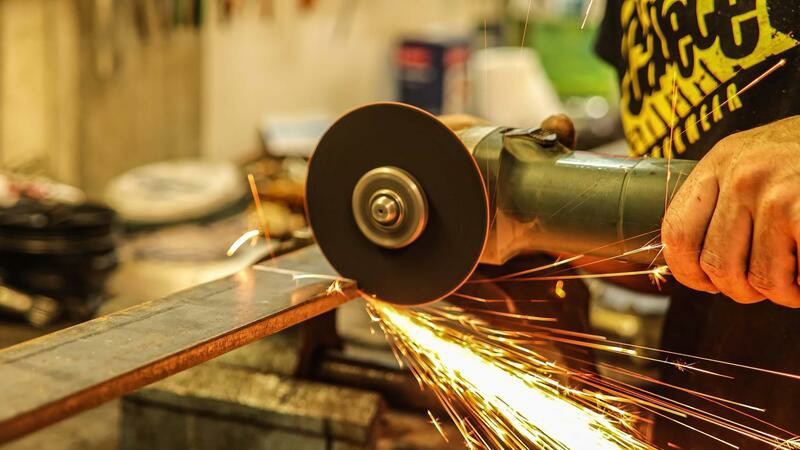Essential Guide to Abrasive Wheel Safety: Mitigating Risks Through Training
Abrasive wheels are indispensable tools in various industries, from metal fabrication to woodworking. However, when mishandled, they can pose significant health and safety risks. This guide delves into the common hazards related to abrasive wheel usage and emphasizes the importance of proper training to prevent accidents and injuries.
Understanding the Common Safety Risks of Abrasive Wheels
Despite their utility, abrasive wheels come with notable hazards. Identifying these risks is the first step towards a safer workplace. Here are some of the most prevalent safety concerns:
- Wheel Breakage: Abrasive wheels can break under excessive stress or if incorrectly mounted, leading to flying debris that can cause severe injuries.
- Improper Mounting: Incorrect installation of wheels can lead to misalignment and erratic behavior during operation.
- Incorrect Usage: Using the wrong wheel for a specific job can result in inefficient grinding or cutting, increasing the chance of accidents.
- Lack of Protective Equipment: Not wearing appropriate personal protective equipment (PPE) exposes workers to flying particles and potential health hazards.
- Inadequate Maintenance: Regular checks and maintenance of abrasive wheels are crucial; neglecting this can lead to unforeseen malfunctions.
The Critical Role of Proper Training
To mitigate the aforementioned risks, comprehensive training is essential. Proper Abrasive Wheels Training focuses on recognizing hazards, using equipment safely, and implementing precautionary measures. Here are the key components of an effective training program:
- Identifying Hazards: Workers should be trained to recognize and assess risks associated with abrasive wheels.
- Using Protective Equipment: Training should emphasize the importance of PPE, including safety glasses, gloves, and face shields, for preventing injuries.
- Implementing Safety Measures: Safety protocols, such as proper wheel storage, handling, and maintenance procedures, should be thoroughly covered.
Real-Life Case Studies: The Impact of Training
Many workplace accidents can be avoided through effective training. Here are a couple of examples:
- Case Study 1: At a metal fabrication plant, an employee was improperly using an abrasive wheel, leading to severe breakage. Fortunately, the incident occurred after a training session emphasizing the importance of correct wheel selection, preventing a potentially dangerous outcome.
- Case Study 2: In a woodworking facility, a lack of PPE resulted in a serious injury when an abrasive wheel shattered. Following a company-wide certification course on Abrasive Wheels Safety, the incidence of injuries dropped significantly as employees were better equipped to manage risks.
Best Practices for Safe Abrasive Wheel Operations
To further reduce risks associated with abrasive wheels, implementing best practices is vital:
- Conduct Regular Risk Assessments: Regularly evaluate the work environment and the usage of abrasive wheels to identify and mitigate risks.
- Perform Safety Inspections: Regularly inspect equipment and tools to ensure they are in safe working order.
- Establish Emergency Response Procedures: Develop and train employees on what to do in case of an accident involving abrasive wheels.
Conclusion: Act Now for a Safer Workplace
Investing in Abrasive Wheels Certification and ongoing training can make all the difference in preventing workplace accidents and enhancing safety culture. It’s imperative for businesses in Dublin, Cork, and Galway to prioritize the safety of their employees by enrolling them in certified abrasive wheels training programs.
Don’t wait for an accident to happen! Contact us at [email protected] to learn more about our certified abrasive wheels courses and ensure your workplace is a safe environment for everyone.



 349,500 Offered Certificates
349,500 Offered Certificates
 24/7 Online Training
24/7 Online Training
 Money Back Guarantee
Money Back Guarantee
 Fully Accredited Courses
Fully Accredited Courses
